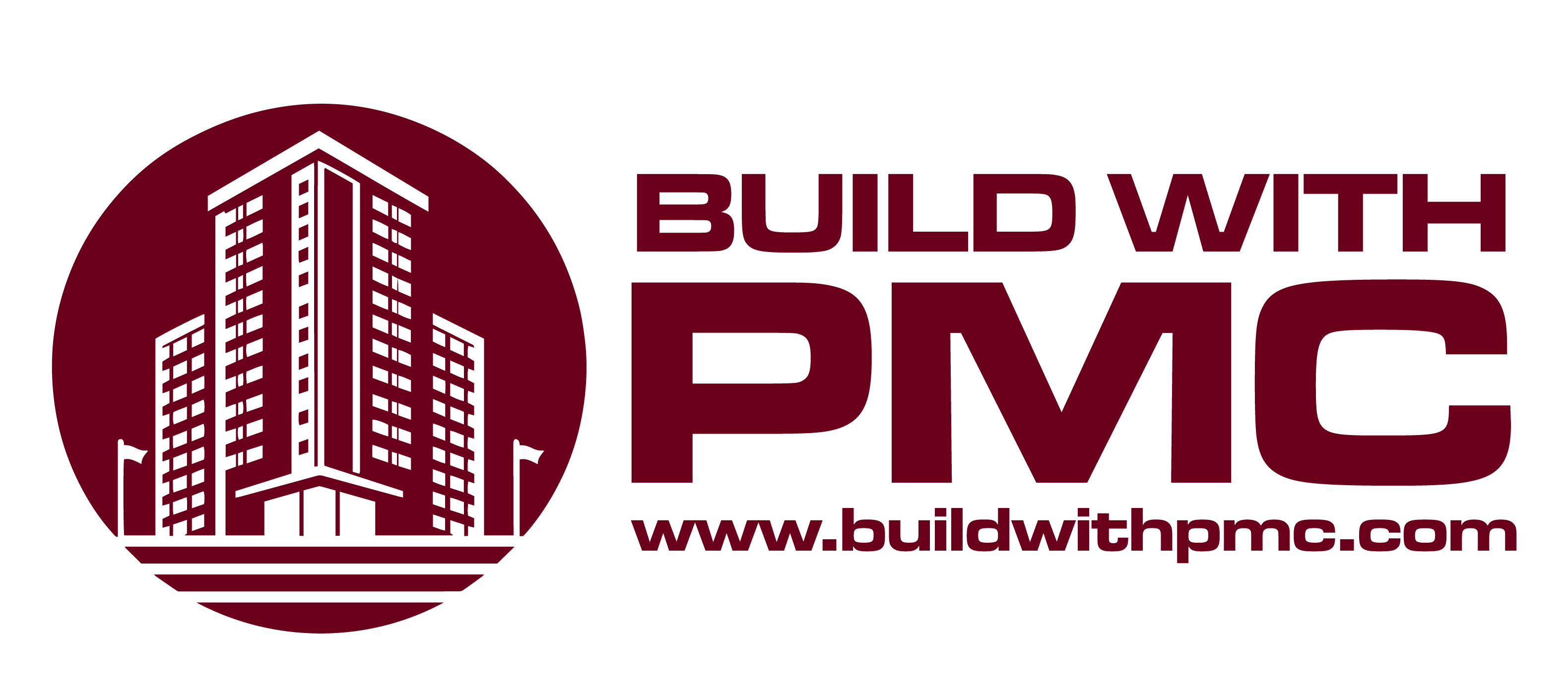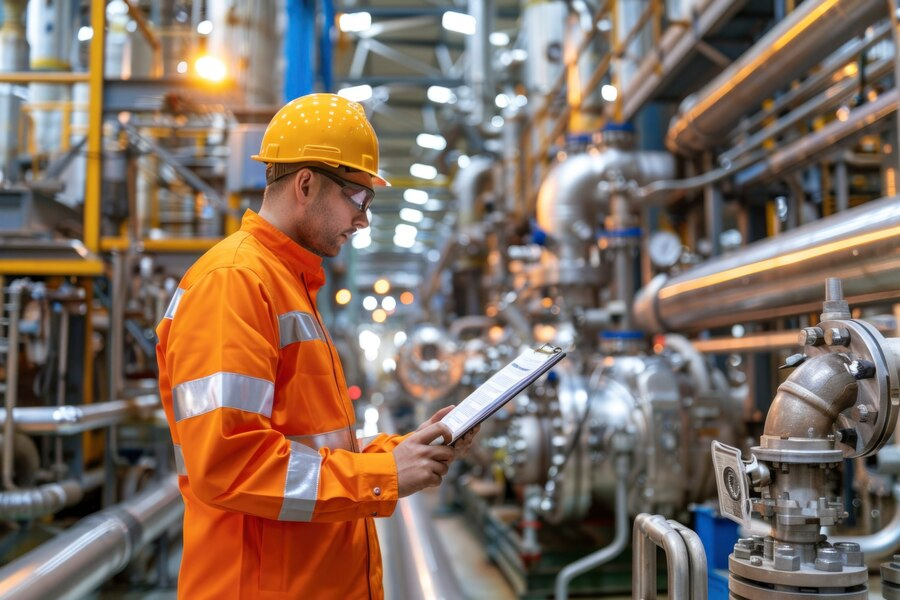Within the construction industry, the pursuit of evidence-based methodologies (EBM) has become increasingly paramount, particularly in the realm of multi-story buildings. This comprehensive approach, spanning from conception to execution, underscores the critical need for empirical data and systematic analysis to inform decision-making at every stage of the construction process. In this exploration, we delve into the intricacies of EBM within the context of multi-story building projects, examining its implications, methodologies, and the transformative impact it has on the built environment.
Understanding Structural Integrity: Foundations and Load-Bearing Elements

The foundation and load-bearing elements of multi-story buildings are critical components that ensure the structural integrity and stability of the entire structure. Understanding these foundational aspects is paramount for architects, engineers, and construction professionals to create safe and durable skyscrapers. This section delves into the key considerations and principles governing the design and construction of foundations and load-bearing elements in high-rise buildings.
Foundation Types
Discuss various types of foundations used in multi-story buildings, such as shallow foundations (including spread footings and mat foundations) and deep foundations (such as piles and caissons).Explain the selection criteria for different foundation types based on soil conditions, building height, and structural requirements.
Soil Analysis and Site Preparation
Emphasize the importance of conducting thorough soil analysis to assess bearing capacity, settlement potential, and soil stability.
Outline site preparation techniques, including soil stabilization and excavation methods, to ensure a stable foundation for the building.
Structural Systems
Explore different structural systems commonly employed in tall buildings, such as reinforced concrete, steel frame, and composite systems.
Discuss the advantages and limitations of each structural system in terms of load-bearing capacity, construction speed, and architectural flexibility.
Vertical Load Distribution
Explain how vertical loads from the building’s superstructure are transferred to the foundation through load-bearing elements such as columns, walls, and cores.
Illustrate load distribution mechanisms, including gravity loads and lateral loads, and their impact on structural stability and performance.
Seismic Design Considerations
Highlight the importance of seismic design in regions prone to earthquakes, focusing on strategies to mitigate seismic forces and enhance building resilience.
Discuss seismic retrofitting techniques for existing tall buildings to improve their structural integrity and seismic performance.
Quality Control and Monitoring
Stress the significance of quality control measures during foundation construction, including material testing, site inspections, and adherence to engineering standards.
Outline the role of monitoring systems, such as inclinometers and settlement gauges, in assessing foundation performance and detecting potential issues early on.
Elevating Efficiency: Systems for Vertical Transportation and Accessibility

Efficient vertical transportation and accessibility systems are vital components of multi-story buildings, ensuring smooth movement of people and goods while maximizing space utilization and user convenience. This section explores the various systems and technologies employed to optimize vertical mobility and accessibility in high-rise structures, enhancing efficiency and user experience.
Elevator Systems
Discuss the different types of elevator systems used in tall buildings, including traction elevators, hydraulic elevators, and machine-room-less (MRL) elevators.
Highlight advancements in elevator technology, such as destination control systems, regenerative drives, and double-deck elevators, aimed at improving efficiency and throughput.
Escalators and Moving Walkways
Explain the role of escalators and moving walkways in facilitating vertical movement within large, high-traffic buildings like shopping malls, airports, and transit hubs.
Address design considerations for escalators and moving walkways, including capacity, speed, safety features, and integration with the building’s architectural layout.
Vertical Transportation Planning
Emphasize the importance of strategic vertical transportation planning in the design phase of multi-story buildings, considering factors such as anticipated traffic flow, peak usage times, and building occupancy patterns. Discuss methodologies for optimizing elevator dispatching algorithms, traffic simulation modeling, and vertical circulation analysis to minimize wait times and congestion.
Accessibility Solutions
Explore accessibility features and provisions aimed at ensuring inclusivity and compliance with disability regulations, such as wheelchair-accessible elevators, tactile guidance systems, and auditory cues. Address the challenges and best practices associated with providing seamless accessibility in tall buildings, including barrier-free design, universal design principles, and retrofitting existing structures.
Maintenance and Modernization
Highlight the importance of proactive maintenance and modernization programs for vertical transportation systems to ensure reliability, safety, and performance efficiency.
Discuss preventive maintenance strategies, remote monitoring technologies, and retrofit options for enhancing the lifespan and operational efficiency of elevators and escalators.
Integration with Building Management Systems
Illustrate the integration of vertical transportation systems with building management systems (BMS) for centralized monitoring, control, and optimization of elevator and escalator operations.
Explain the benefits of data-driven analytics, predictive maintenance algorithms, and smart scheduling algorithms in improving energy efficiency, reducing downtime, and enhancing user experience.
Streamlining Operations: Integration of Building Management Systems
Efficient multi-story building operation hinges on seamless system coordination, notably through Building Management Systems (BMS) integration. This section explores how BMS integration optimizes energy usage, bolsters security, and enhances overall building performance.
- Centralized Control: BMS integration centralizes monitoring and control of HVAC, lighting, security, and more, fostering real-time insights and proactive adjustments for heightened efficiency.
- Energy Management: BMS integration enables advanced energy management tactics like demand response and load shedding, leveraging data analysis to identify energy-saving opportunities.
- Enhanced Security: Integrated with security systems, BMS ensures smooth access control, video surveillance, and intrusion detection, bolstering security responsiveness and automating emergency protocols.
- Predictive Maintenance: BMS integration facilitates predictive maintenance by collecting and analyzing data, allowing for preemptive actions to address equipment faults and enhance operational reliability.
- Occupant Comfort: Personalized environmental control via BMS integration, tailored to occupant preferences and occupancy patterns, fosters higher satisfaction and productivity levels.
The integration of Building Management Systems streamlines operations, boosts energy efficiency, fortifies security, and elevates occupant comfort in multi-story buildings. Leveraging BMS integration empowers building owners and managers to realize sustainable, cost-effective, and user-centric building management solutions.
Conclusion
When it comes to maintaining multi-story buildings in Fontana, PMC INC offers a comprehensive approach that covers every aspect from top to bottom. With a focus on Exterior Building Maintenance (EBM), utilizing advanced techniques like OPOS and Swing Stage Rental, coupled with expertise in Structural Steel, Commercial Concrete, and Tenant Improvements, PMC INC ensures that your building remains in top condition, both aesthetically and structurally. Trust PMC INC for all your building maintenance needs, and experience the difference of professional care and attention to detail.




